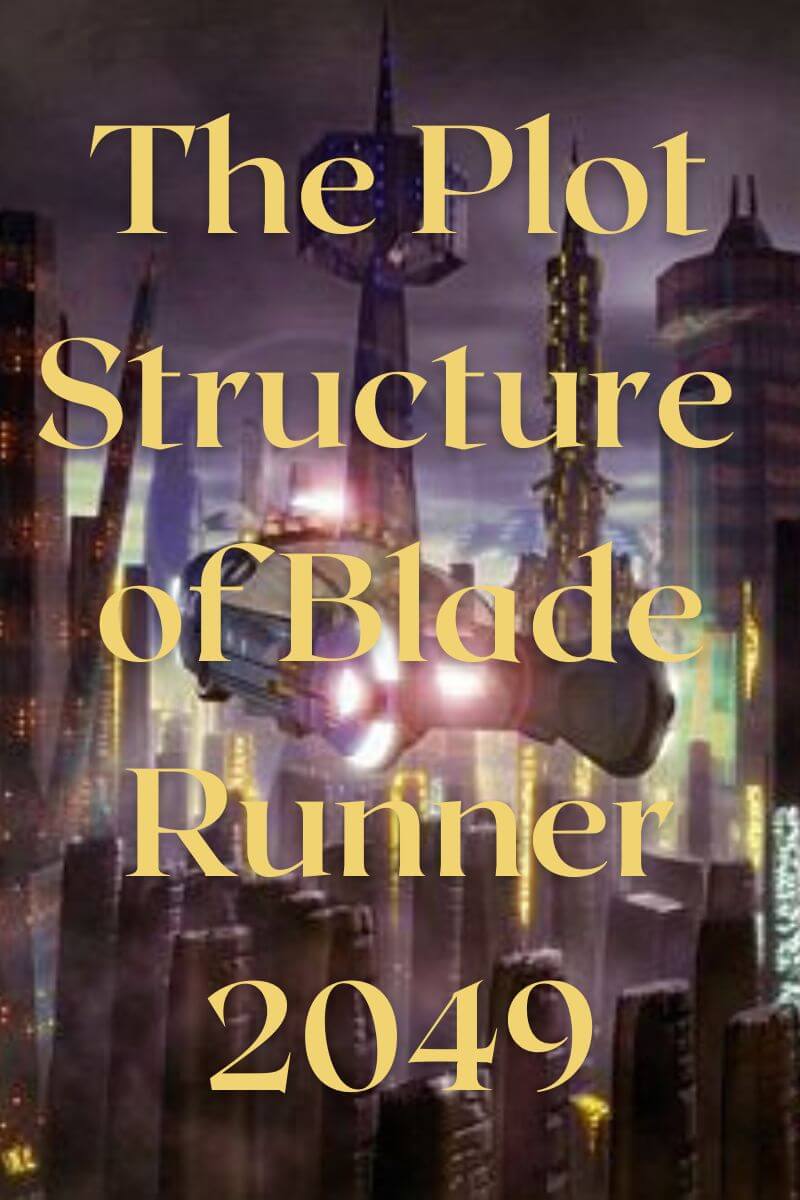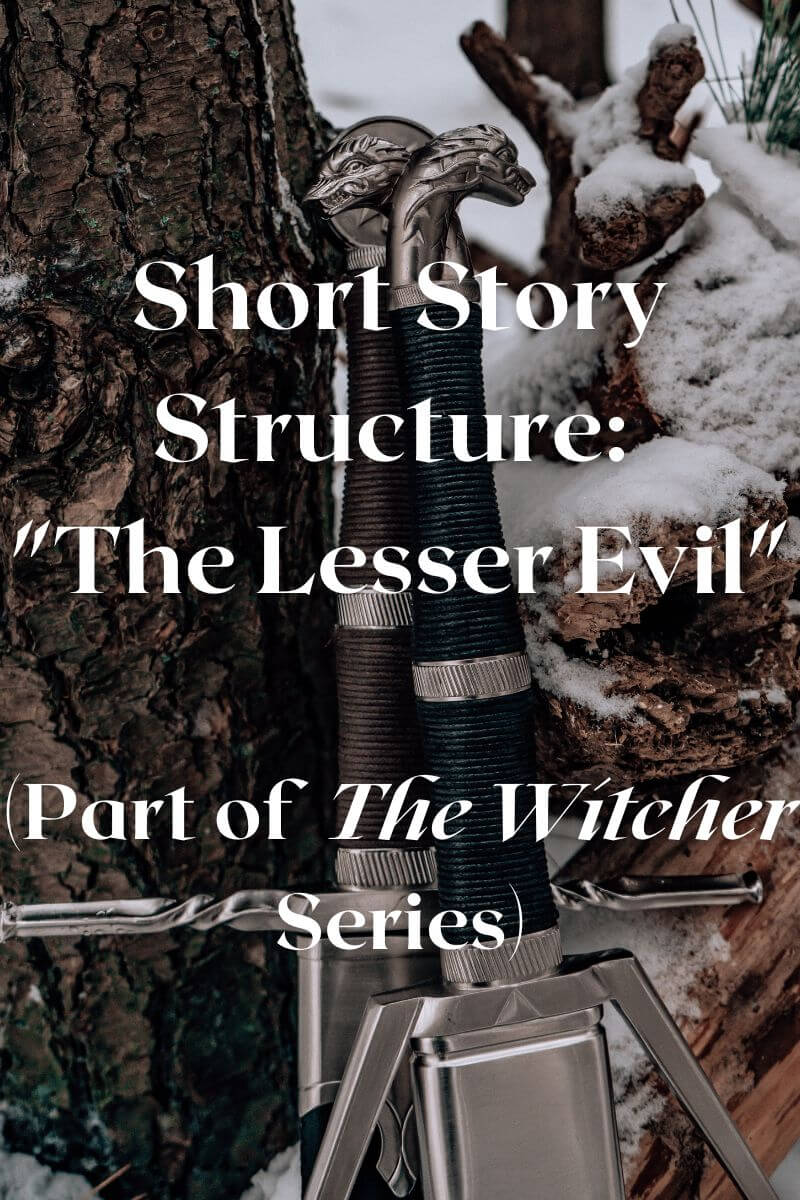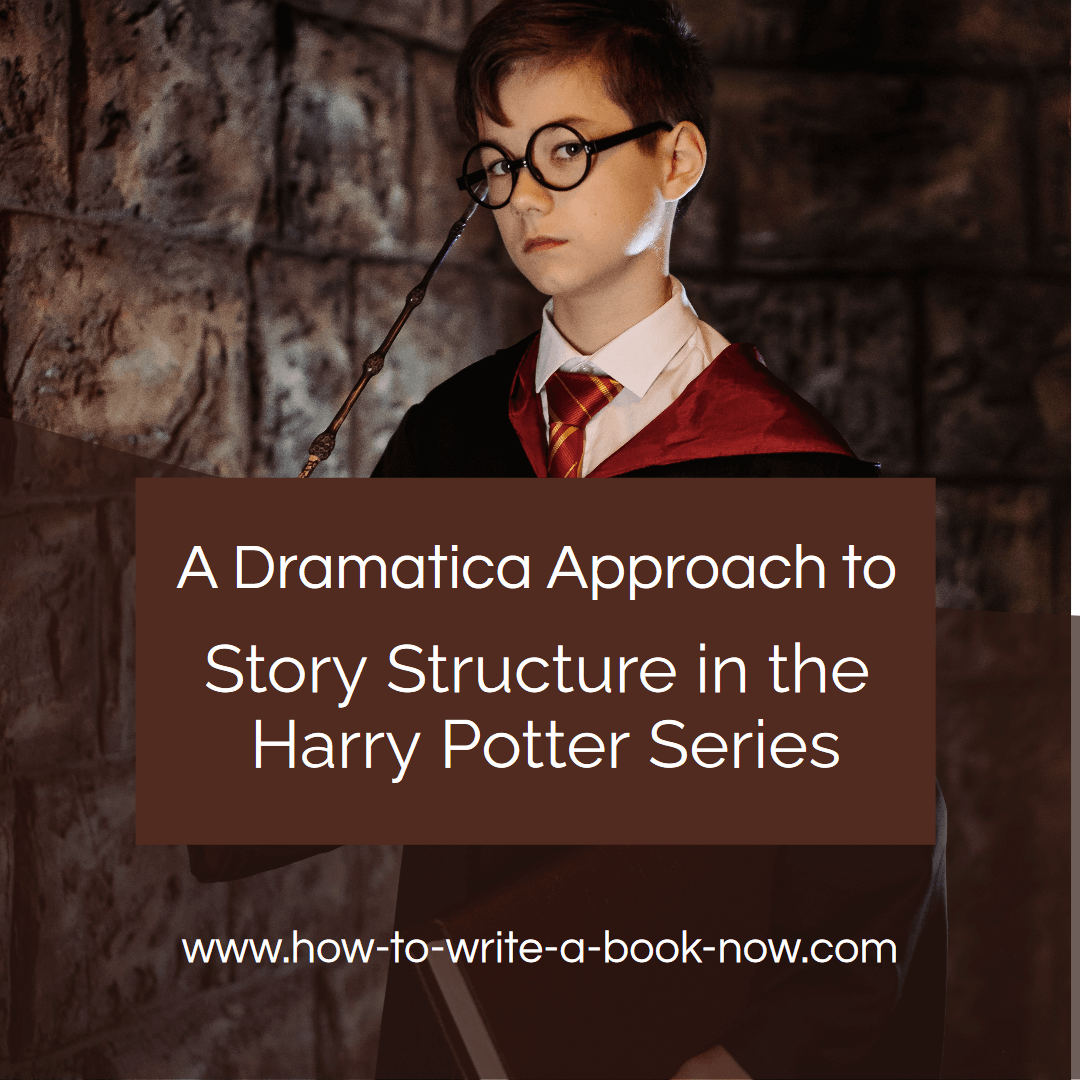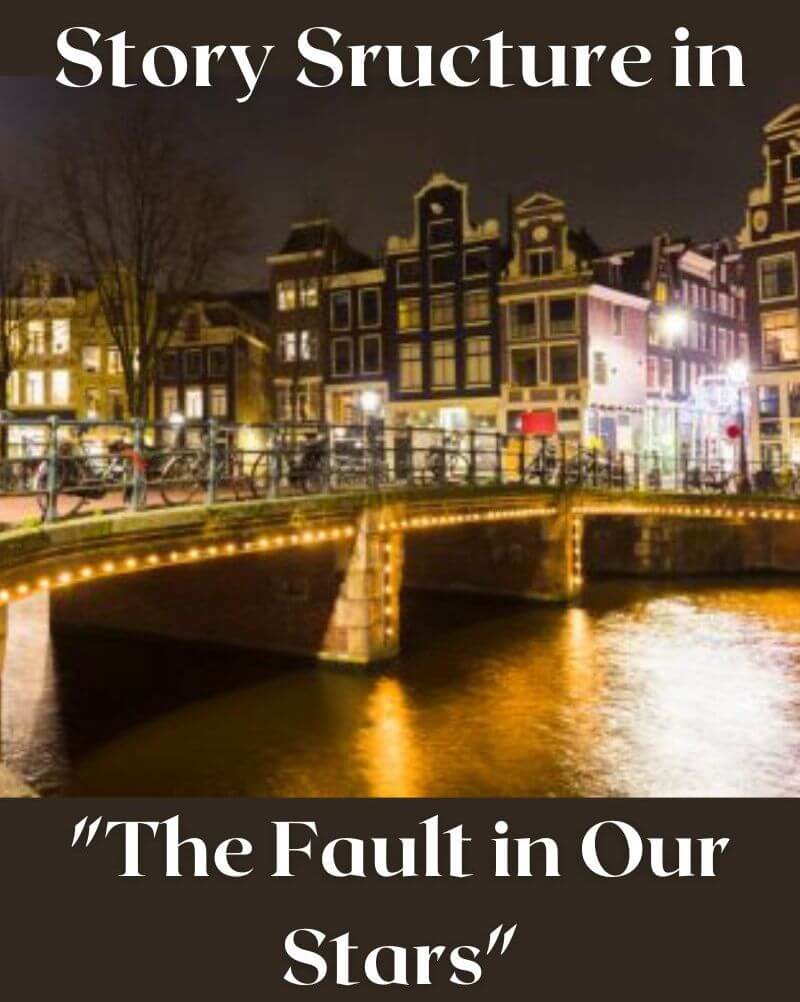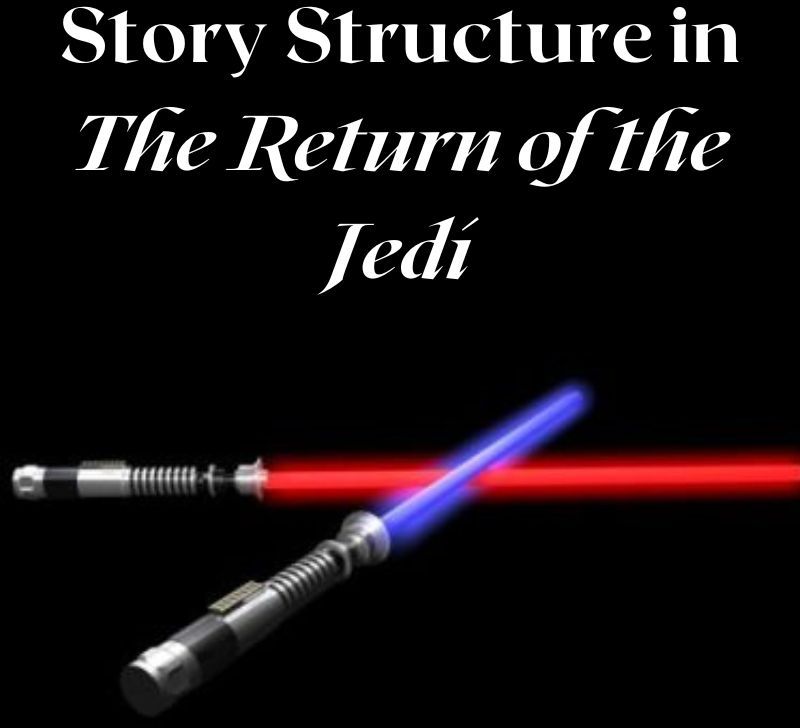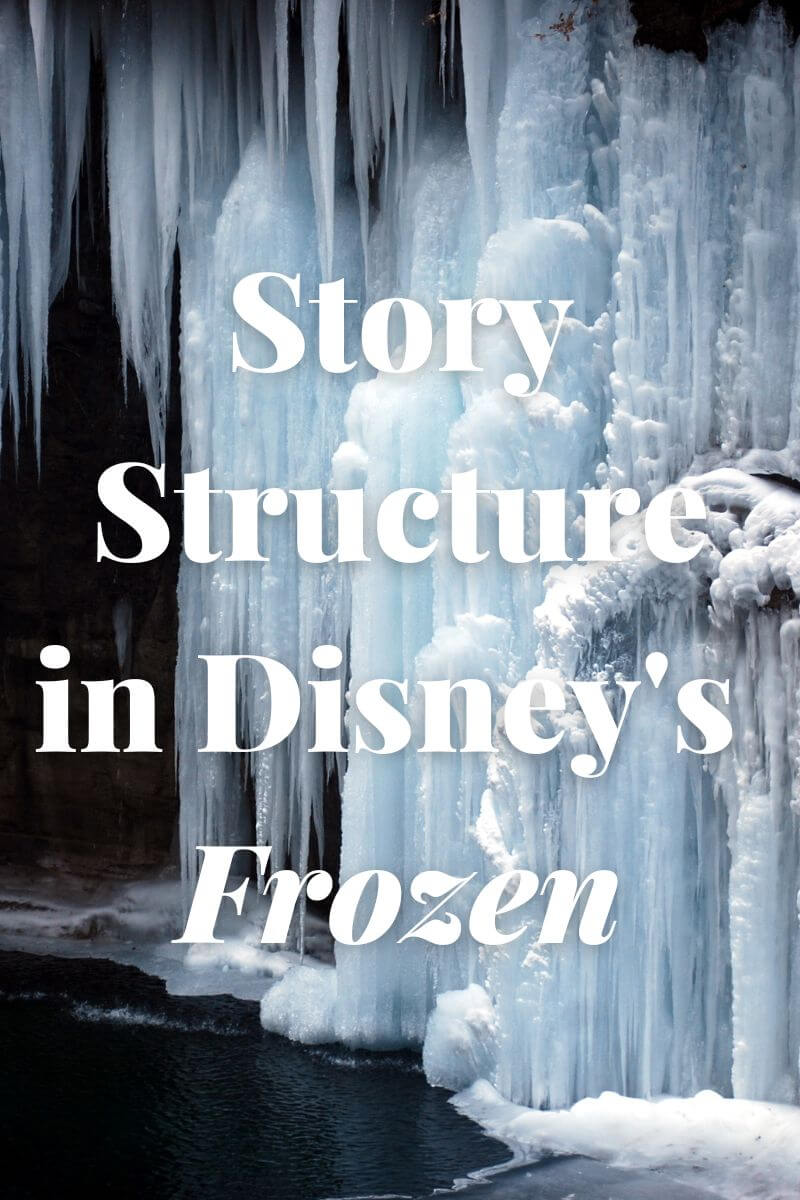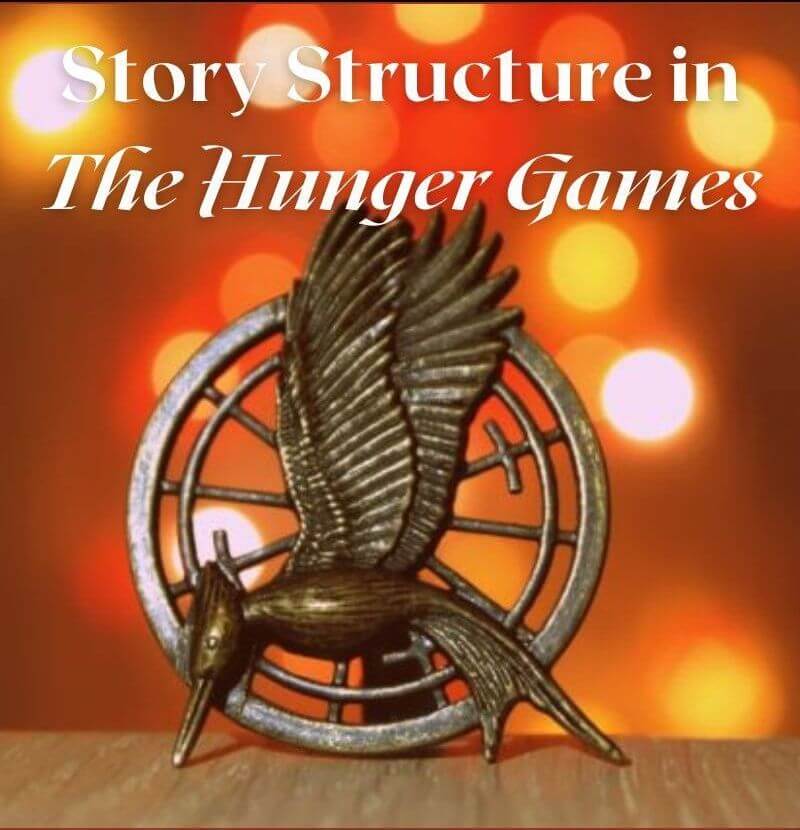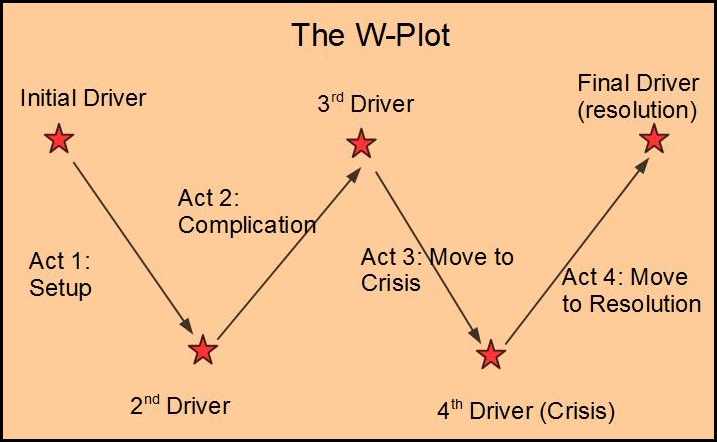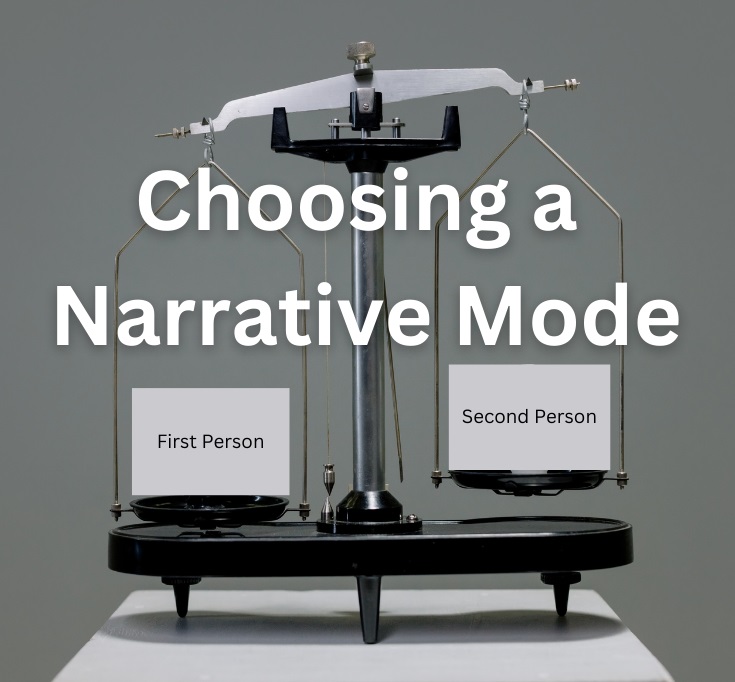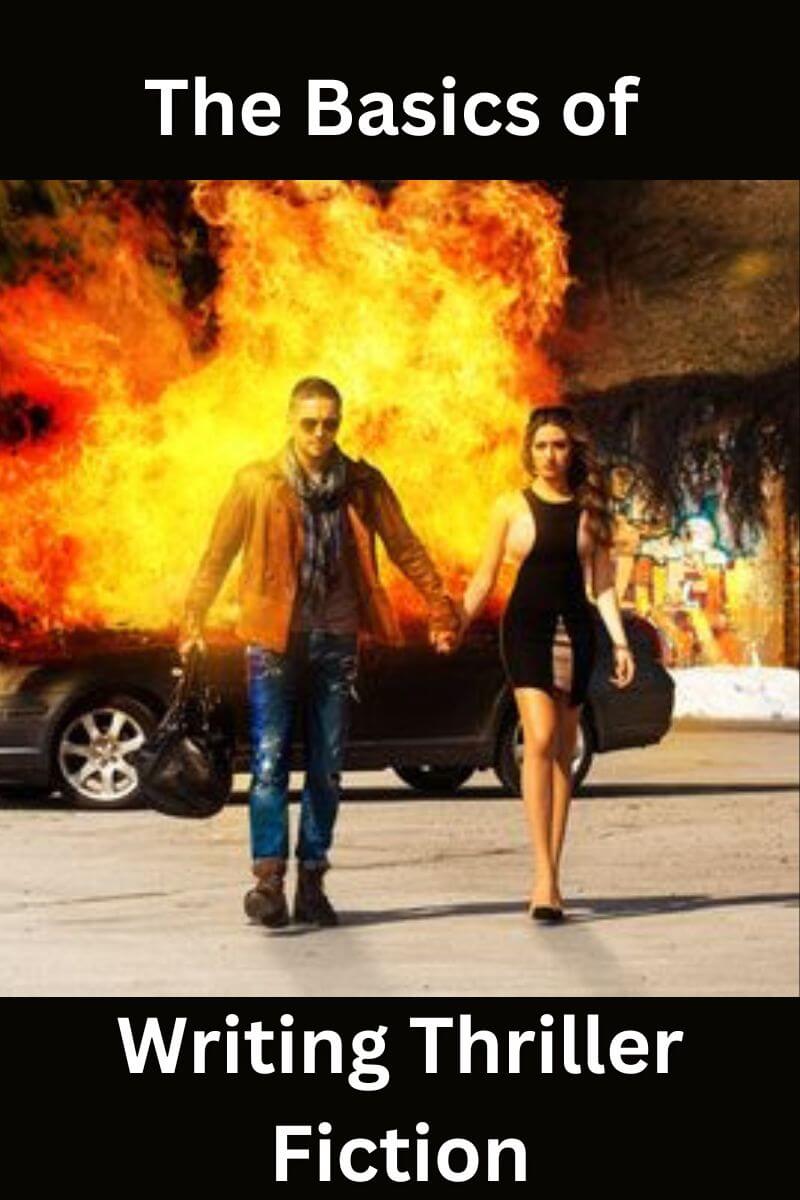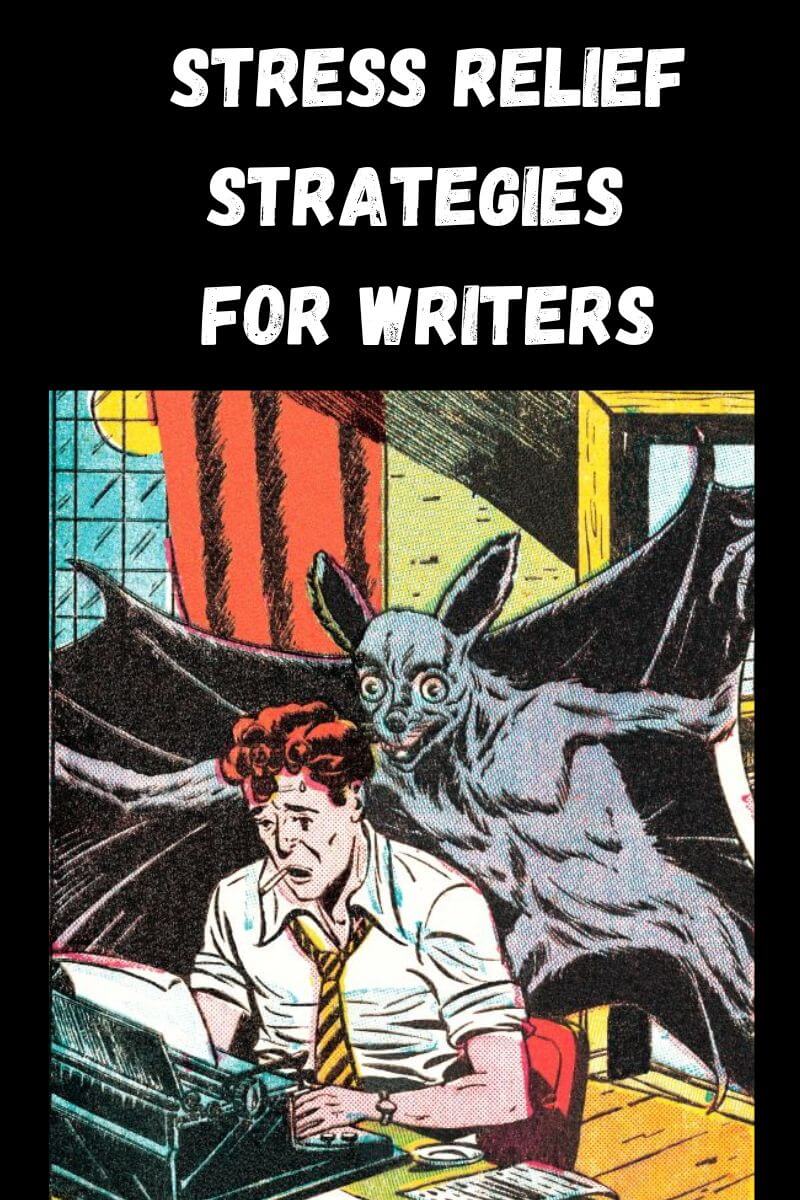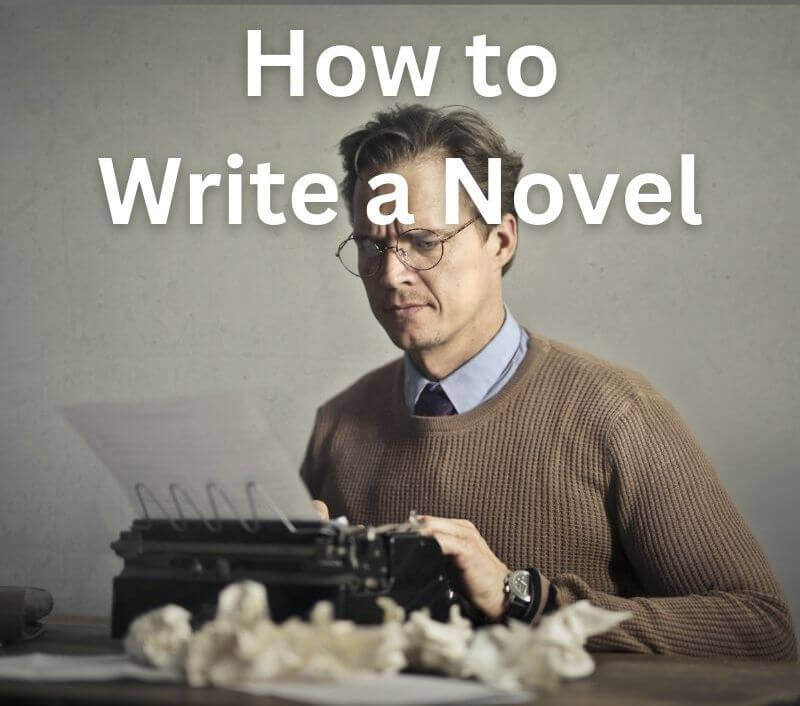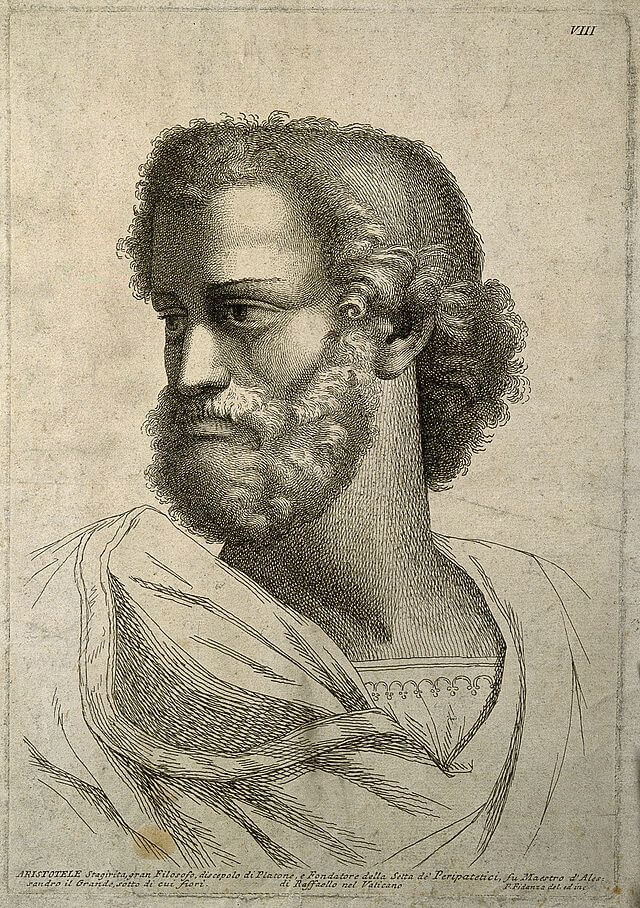The Harry Potter Series: What Dramatica Says About its Story Structure
By Glen C. Strathy
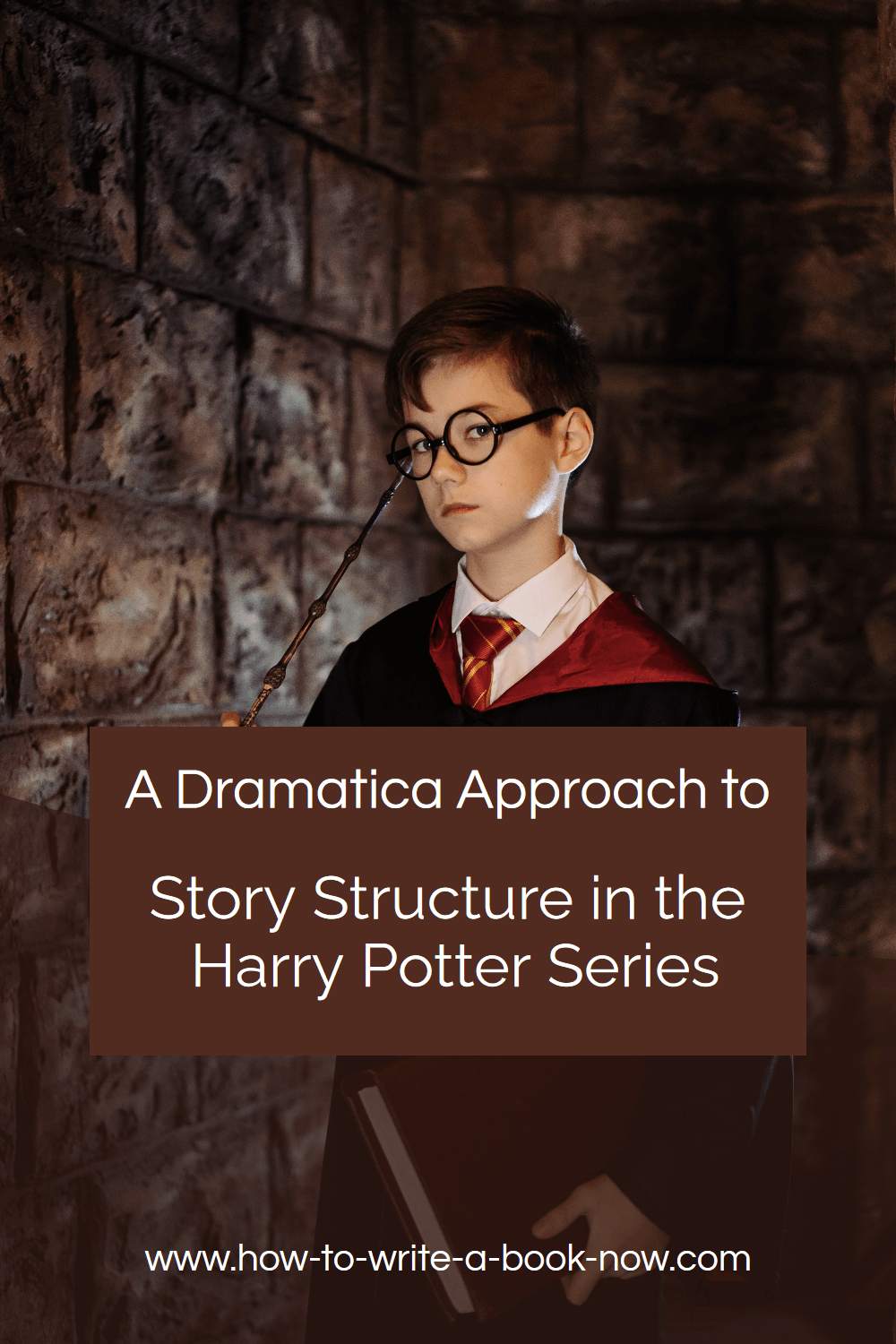
Some years ago, a visitor to this site asked me about Harry Potter and what dramatica theory would say about the story's structure. At the time, I was familiar with the series (having read all the books aloud many times to my daughter), but still developing my understanding of dramatica.
Today, I have more experience with dramatica, though I have spent some time away from the Harry Potter books.
Nonetheless, I felt it was about time I updated my comments on the relationship between the two. So, while I still would not call the following a complete and definitive look at how Dramatica would describe the structure of Harry Potter, I think it's better than my first off-the-cuff effort.
Note here that I am discussing the story arcs that persist throughout series as a whole (all seven books). There are plenty of other people who discuss the structure of each book separately. JK Rowling, does an excellent job of giving each book a satisfying story on its own, while also making it part of a larger story. So sometimes useful to consider the series as a whole.
Harry Potter as a Revenge Story
The first thing one must acknowledge is that Harry Potter falls into the general category of stories based on the following premise:
“An orphaned boy is raised by a powerless uncle.
While growing up, the boy is watched over by an
old but powerful wizard warrior. When the boy
reaches a certain age, the old wizard tells the boy
about the evil wizard warrior who killed the boy's
father. The old wizard then trains the boy until he
is ready to avenge his father's death by defeating
the evil wizard warrior.”
This is the same premise at work in Star Wars: A New Hope and, with many variations, in countless other stories in which the protagonist starts off as a child grows to become an adult who avenges his father (or father figure's) murder.
Obviously, in this series, Harry is the orphaned boy being raised by his Uncle Vernon, who has no magical powers. Dumbledore is the older, powerful wizard watching over Harry and preparing him to face Voldemort, the villain who killed Harry's parents.
The Harry Potter series is particularly concerned with preventing Voldemort's rise to power (not unlike how Star Wars is concerned with preventing the Emperor from attaining absolute power).
Harry is the main character, in that the story is narrated, with a few brief exceptions, from Harry's point of view.
In case you haven't read
the series by JK Rowling...
maybe now?
(As an Amazon Associate,
this site earns if
you purchase these books.)
Harry Potter and the Philosopher's Stone
Harry Potter and the Chamber of Secrets
Harry Potter and the Prisoner of Azkaban
Harry Potter and the Goblet of Fire
Harry Potter and the Order of the Phoenix
Voldemort as Impact Character
The main character in a story will generally start with a certain approach to solving problems. In contrast, a second character, which dramatica calls the "impact character" will represent the opposite approach to solving problems. In Harry Potter, the impact character is Voldemort. This is clear because they Harry and Voldemort have distinctly opposite approaches as well as a special connection.
Harry's approach to solving problems is that he always puts his own
safety on the line to save someone else. He gets this trait from his
parents, who sacrificed their lives to save him.
Voldemort has the opposite approach. He murders people to extend his own life (by making horcruxes).
In many stories, the impact character's approach is actually the better one, and the story shows how main character is pressured to change by adopting the impact character's approach. This change is what allows the main character to solve the story problem. In other stories, the impact character's approach is the wrong way to solve the story problem, and the main character must instead remain steadfast, if he is to win.
Harry is a steadfast character. Harry is able to defeat Voldemort because he sticks with his trusted approach and willingly risks his own life to save his friends at the climax of the series.
Another phenomenon often seen in stories is that, if the main character remains steadfast, the impact character will change (give up or lose his approach). In the Harry Potter series, after Harry sacrifices himself to save his friends, Voldemort loses his ability to kill people.
Regarding the relationship between Harry and Voldemort, the two characters have a unique connection. They are connected by the prophecy that Voldemort would create his own nemesis and mark him as such, which he does when he attacks the infant Harry and gives him a unique scar. Harry is a Horcrux, with a piece of Voldemort's soul lodged in him. They can sometimes share each other's perceptions. They are simultaneously the same and opposite. They are both great wizards, but while Harry is the ultimate good wizard, Voldemort is the ultimate evil wizard. Harry is everything Voldemort is not, and vice versa.
The Basic Plot Elements
The four most important building blocks of a plot are the story goal, consequence, requirements, and forewarnings.
The story goal is the concern that affects or involves most characters in the story world. In the Harry Potter series, the story goal seems to concern what dramatica calls "Playing a Role." Harry must play the part of the sacrificial lamb, the Chosen One, to defeat Voldemort. All the characters in the story world are affected or involved in the effort to bring Harry to that point, or prevent it from happening. Moreover, many of them are concerned with the role they must play in the drama. Draco Malfoy, for example, worries about being forced to play the role of Dumbledore's killer. Snape is concerned with his role as a double-agent. Various other characters are concerned with the roles they play as members of Dumbledore's Army, the Order of the Phoenix, the Ministry of Magic, teachers at Hogwarts, or the Death Eaters.
Requirements are the things that must be achieved in order for the goal to be accomplished. In Harry Potter, they are all about who gains or loses the possession of certain magical objects. Harry and his allies must deprive Voldemort of his various horcruxes that are keeping him alive. Harry must also obtain mastery of the Elder wand.
The consequence stands opposite to the story goal. It is the negative outcome that will occur if the story goal is not achieved. If Harry were to fail to fulfill his role as the sacrificial lamb, the consequence would be that Voldemort would return to power and complete the takeover of the wizarding world he began before he attacked the Potter family.
Forewarnings are signs that the consequence is approaching. They are various indications of what the future will be like should the story goal not be achieved. As Voldemort and his followers seize more power, we see muggles and wizards being attacked, bullied, and deprived of their rights. We see curfews being imposed, free speech being suppressed, surveillance systems put in place, and muggle-borns being treated as second class citizens in the wizarding world. These are forewarnings of the future that would result of Voldemort achieved absolute power -- the transformation of the wizarding world into a totalitarian and classist regime.
The Five Drivers in Harry Potter
A well structured story generally has four acts. Each act begins and ends at a major turning point, which Dramatica calls a "driver." That makes five drivers in total.
In a series like Harry Potter, where each book has its own well-structured plot, there are many significant turning points. I believe the most significant in terms of the series concern the confrontations between Harry and Voldemort and the threat that Voldemort will return and complete his takeover. Here's how I would identify the five driers:
Initial Driver: Voldemort's attack on the Potter family in which Harry's parents are killed and Voldemort is believed to have died. This event interrupts Voldemort's activities. Moreover, without this event, the rest of the story would not have happened.
Second Driver: Harry discovers Voldemort survived when he encounters Voldemort's spirit inhabiting the body of Professor Quirrel and stops him from obtaining the Philosopher's Stone. This event raises the possibility that Voldemort may eventually return to power.
Third Driver: Harry encounters Tom Riddle and destroys his diary -- the first of Voldemort's horcruxes. (Raising the possibility there may be other horcruxes keeping Voldemort alive.) The encounter also reveals that Voldemort is concerned with defeating Harry Potter.
Crisis Driver: Voldemort uses Harry's blood to regain corporeal form. This suggests the effort to prevent Voldemort's return has failed.
Final Driver: The death of Voldemort. With this event, the story goal is achieved. Voldemort's death signals the start of a a new equilibrium in the wizarding world in which the threat of the Death Eaters has ended. Harry and his friends can settle down and have children of their own.
The Major Arcs in Harry Potter
The other events of a story are generally arranged around the five drivers. In each of the four acts, characters will react to the previous driver and the tension will build toward the next.
While a complex series like Harry Potter has many subplots and character arcs, there are four arcs or throughlines that are most important:
The Overall Throughline: concerning the pursuit of the story goal. Often this is thought of as the external plot which most characters are involved in or affected by.
The Main Character Throughline: concerning the main character's inner conflict and its resolution.
The Impact Character Throughline: concerning the arc of the impact character and his influence on the main character.
The Relationship Throughline: concerning the progress and resolution of the relationship between the main and impact characters.
Generally, each throughline will go through four stages, which is what creates the four acts:
setup --> complication or deepening --> crisis --> resolution
Moreover, in order for the story to be interesting, each of the four throughlines should be distinct. They should be focused on different types of concerns that unfold in different, though related ways. Dramatica identifies four broad areas (domains) and suggests that one of these domains should be assigned to each of the four throughlines. Here's how I would assign them in Harry Potter:
1. Main Character Arc: Situation (external state):
Harry
Potter is the main character, and for most of the series we see him
being thrust into situations he didn't choose. He didn't choose to
live with the Dursleys, or be the “Boy who Lived.” Nor did he
choose to be a Triwizard champion, Voldemort's nemesis,
Dumbledore's secret weapon, or a thorn in the Ministry of Magic's
side. So I would assign the domain of situation to the main character throughline.
2. Fixed Attitude (internal state):
The impact character throughline is usually set in the domain that is opposite to the main character. If the main character's domain is Situation, the impact character's domain will be Fixed Attitude (its opposite). Certainly, Voldemort's attitude remains fixed throughout the entire series. Even at the climax, he refuses to reconsider his actions or beliefs and shows no remorse.
3. Manipulation (internal change):
The overall throughline concerns Harry's evolution from an underdog who sleeps a cupboard and is bullied by his muggle family into a confident wizard who can become the sacrificial lamb who defeats Voldemort. That process of becoming something suggests that this throughline belongs in the domain of Manipulation. Certainly, Harry is manipulated and groomed by Dumbledore.
4. Activity (external change):
That leaves the domain of Activity for the
Relationship throughline. In Harry Potter, it involves actions Harry and Voldemort undertake in their conflict with each other -- Harry trying to stop Voldemort, Voldemort trying to kill or use Harry for his own ends.
How the Arcs Unfold
We noted above that each throughline unfolds in a four-part arc. Dramatica also suggests that each of these four parts (or signposts) will have a different and predictable concern according to what domain it falls into. Here's how I see the signposts for each of the throughlines in Harry Potter:
Main Character/Harry's Arc (Situation)
Act 1: The Future:
A prophecy is made that Harry will become Voldemort's nemesis
and that only one of them will survive. Harry's fate is sealed
when Voldemort kills Harry's parents. We also see how Harry's initial approach to solving problems is to risk his life for others when he rescues Hermione from the troll.
Act 2: The Past:
Harry
starts out ignorant
of his past, but learns more about it as the series progresses. He finds out how his
parents were killed, learns about Tom Riddle,
meets his godfather, etc. Harry at various points is pressured to be more like Voldemort -- to seek greatness, join Slytherin, get revenge on Wormtail, speak Parceltongue, etc.
Act 3. Progress:
Harry changes the way the story is progressing when he stops being pursued by Voldemort and becomes
the pursuer. This begins in The Order of the Phoenix when he
deliberately sets out to rescue Sirius. By the time he encounters
Voldemort at Hogwarts in the seventh book, he has a fully developed sense of agency. As mentioned, he remains steadfast in his personal crisis by choosing to be a willing sacrifice to save his friends.
Act 4. The Present:
In the end, we see Harry as
a happy family man with a wife and children. His scar never hurts,
and all his problems seem safely behind him. He has resolved his inner conflict in a positive way.
Impact Character/Voldemort Throughline (Fixed Attitude)
Act 1. Memories:
As the series begins, Voldemort has become just a bad
memory which everyone is trying to forget.
Act 2. Innermost
Desires:
As Voldemort returns, he starts pursuing his desire for
absolute power and immortality.
Act 3. Impulsive Responses:
As the climax
approaches, Voldemort seems to abandon his habit of careful planning
and stealth. Instead, he starts acting on (often murderous) impulses.
In The Deathly Hallows, we see him frantically rushing
around trying to obtain the Elder Wand, confirm the safety of his
horcruxes, and lead a brazen attack on Hogwarts to flush out Harry
Potter. In his desperation, he kills Snape (even though he seems a
valuable ally) to win the Elder Wand, yet makes only a superficial
attempt to confirm Harry's death.
Act 4. Contemplation.
In the end, Voldemort proves unable to contemplate remorse, hence he cannot be saved from his own killing curse (whereas Harry can).
Overall Story Throughline (Manipulation)
Act 1. Conceiving an Idea:
In book one, Professor Dumbledore comes up with
the idea of leaving Harry with the Dursleys, both for his own
protection and so his fame won't go to his head. Voldermort comes up with various ideas of how to stay alive and regain his body, such as drinking unicorn blood and stealing the Philosopher's Stone.
Act 2.
Developing a Plan:
Voldemort develops plans to use Harry's blood to return to his body,
and to take over the Ministry of Magic and Hogwarts. Meanwhile, Dumbledore develops plans to defeat Voldemort. He figures
out Voldmort's secret (horcruxes), stages his own death (to prevent
Voldemort obtaining the Elder Wand), and equips Harry to fight
Voldemort.
Act 3. Playing a role:
At the climax, Voldemort takes on his role in the prophesy by attempting to kill Harry. Meanwhile, Harry assumes
the role of a sacrificial lamb to save everyone – the role he has
been groomed for.
Act 4. Changing one's nature:
After Voldemort's death, Harry has become a much wiser person than even Dumbledore, as illustrated by his rejection of the Elder Wand.
Relationship Throughline/Harry & Voldemort (Activity)
Act 1. Understanding:
In the first book, we come to understand that Harry
and Voldemort have a special relationship. Harry's scar burns in
Voldemort's presence, and Voldemort burns when he tries to touch
Harry.
Act 2. Doing:
Harry and Voldemort's relationship gets more complicated in the early books. Harry destroys Riddle's diary (the
first Horcrux). Voldemort returns to life by taking Harry's blood. Yet neither is able to seriously harm the other.
Act 3. Gathering Information:
Harry learns the truth
about Dumbledore's past and the Deathly Hallows. Voldemort tries to
get information about the Elder wand from Olivander and Grindelwald,
but fails to learn when Harry becomes its master. Moreover, Harry and Voldemort's connection with each other gives Harry insights into Voldemort's mind.
Act 4.
Obtaining: Ultimately, with the destruction of Voldemort's final horcrux (the one in Harry), the relationship between Harry and Voldemort ends, along with Voldemort's life.
Character Archetypes in Harry Potter
Dramatica identifies eight archetypal characters that typically appear in stories, because they represent a complete set of basic motivations. Because the Harry Potter series is long, these archetypal roles are played or handed off to several different characters. Here's how I see the archetypal roles:
Protagonist: Harry.
Antagonist: Voldemort.
Guardian: Dumbledore, and at times Hagrid and Sirius.
Contagonist: Actually, a lot of characters take on the role of the contagonist, including Uncle Vernon (who tries to keep Harry from attending Hogwarts). Dobby takes on the role when he tries to stop Harry from returning to Hogwarts. Delores Umbridge tries to prevent Harry from rescuing Sirius. And Aberforth Dumbledore tries to get Harry to rethink his commitment to his mission.
Sidekick: Dobby (after he's been freed). Also Colin Creevy and his brother exhibit sidekick traits.
Skeptic: Snape, Draco (both of them are highly skeptical of Harry).
Reason & Emotion: Ron and Hermione.
What's interesting about these two characters is that, while Hermione is the obvious candidate for the Reason character, being very bookish, there are times when Ron takes on the Reason role (e.g. the chess game). Sometimes Hermione is quite emotional and understands feelings better and sometimes Ron does. Having Ron and Herminone trade roles at different times is one way Rowling shows that they belong together.
- Home
- Story Structure
- Harry Potter
